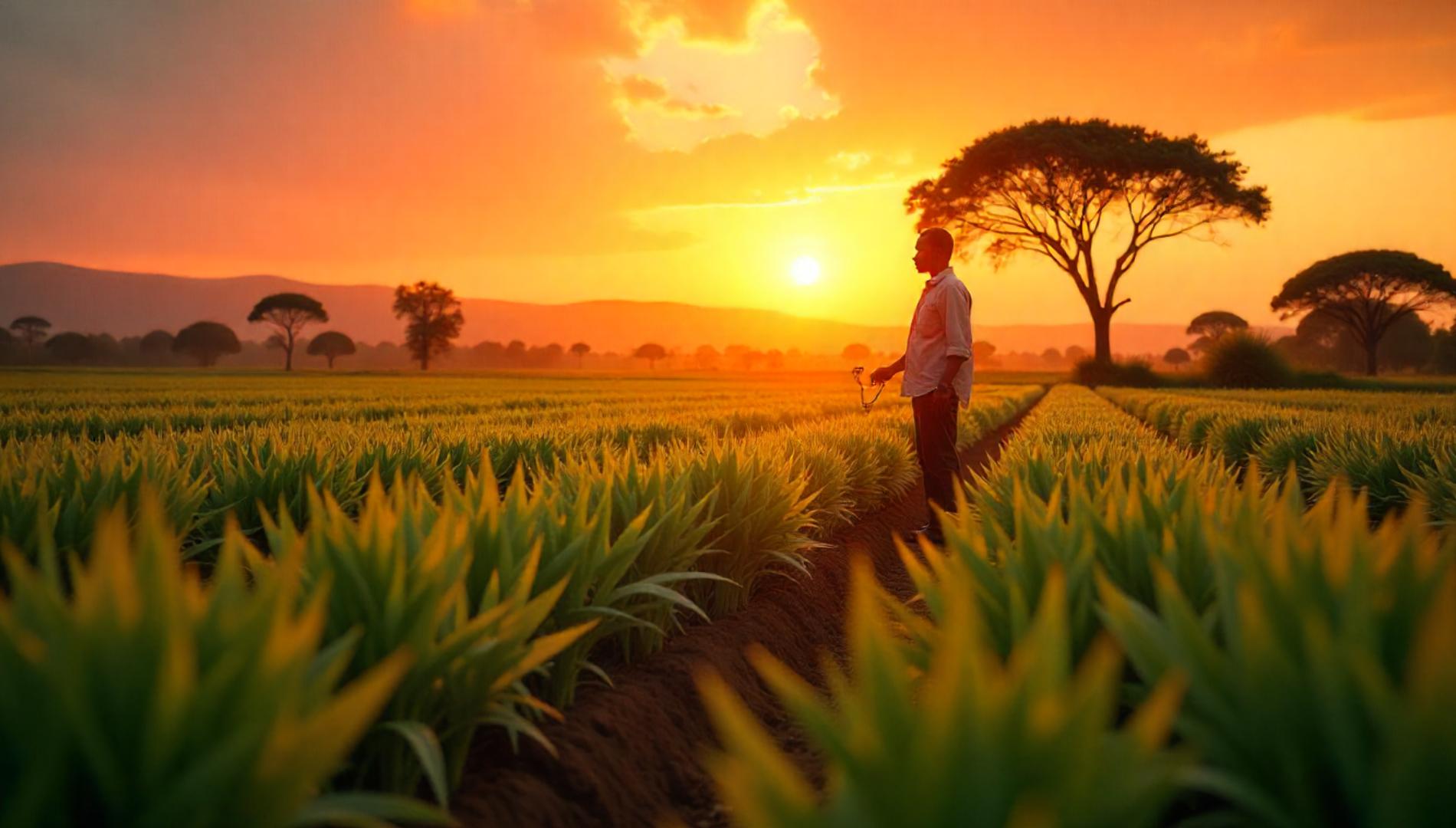
Sustainable Agriculture Practices: Building a Future for Food and Farmers
Introduction
The future of farming lies at the intersection of sustainability and profitability. In the face of climate change, soil degradation, and volatile markets, farmers worldwide are turning to sustainable agriculture—a systems-based approach that meets today’s food needs without compromising the ability of future generations to do the same.
This post explores the core practices and principles behind sustainable farming, backed by real-world data and expert insights.
What is Sustainable Agriculture?
Sustainable agriculture refers to farming methods that are environmentally sound, economically viable, and socially responsible. The goal is to produce food in ways that protect natural resources, support farm profitability, and contribute to rural well-being.
Key principles include:
- Maintaining healthy soil
- Conserving water and biodiversity
- Reducing greenhouse gas emissions
- Enhancing livelihoods for farmers and communities
Core Practices Driving Change
1. Crop Rotation and Diversity
Rotating crops helps prevent pest buildup, improves soil structure, and reduces the need for chemical inputs. Studies from the Rodale Institute show that diversified crop systems increase yields while reducing reliance on synthetic fertilizers.
2. Conservation Tillage
Minimizing soil disturbance preserves organic matter and improves water retention. According to the USDA Natural Resources Conservation Service, conservation tillage can reduce erosion by up to 90%, enhancing soil health and productivity.
3. Agroforestry
Integrating trees and shrubs into farmland improves biodiversity, stabilizes microclimates, and provides secondary income streams. Research from the World Agroforestry Centre shows this can increase farm resilience to climate shocks.
4. Renewable Energy on Farms
Solar, wind, and biogas systems are helping farms cut costs and reduce carbon footprints. In 2022, over 10% of U.S. farms reported using renewable energy, with solar leading the way (USDA, 2023).
5. Efficient Water Management
Drip irrigation and rainwater harvesting help conserve water while maximizing crop output—critical in regions facing increasing drought risk. The FAO reports that efficient irrigation can increase water productivity by 20–30%.
The Profitability Equation
Contrary to the belief that sustainability is expensive, long-term data suggests otherwise. Sustainable practices reduce input costs, improve yields over time, and open access to premium markets (e.g., organic, regenerative-certified). Additionally, governments and NGOs are providing grants and subsidies to ease the transition.
A 2020 study by the International Food Policy Research Institute (IFPRI) found that farmers adopting sustainable practices in sub-Saharan Africa and South Asia saw income increases of 15–40% over five years.
Challenges and Opportunities
Transitioning to sustainability is not without barriers, including upfront costs, knowledge gaps, and policy limitations. However, with increasing demand for sustainably sourced food, the opportunities for forward-thinking farmers are growing.
Policy reforms, digital tools, and community-based models are making sustainable agriculture more accessible and scalable than ever before.
Conclusion
Sustainable agriculture is not just a trend—it's a necessity. From boosting farm profitability to securing global food systems, these practices are paving the way toward a more resilient, equitable, and climate-friendly future.
At GreenHold Farms, we believe that the health of our soil, water, and ecosystems is the foundation of our food. By investing in sustainability today, we're investing in the future of farming itself.
References
- USDA. (2023). Renewable Energy on Farms. United States Department of Agriculture.
- FAO. (2021). The State of the World’s Land and Water Resources for Food and Agriculture.
- Rodale Institute. (2020). The Case for Organic and Regenerative Agriculture.
- IFPRI. (2020). Scaling Up Sustainable Agriculture.
🌾 Green fact: Healthy soil can store more carbon than the atmosphere and all plants combined. Regenerative practices tap into this natural climate solution.
